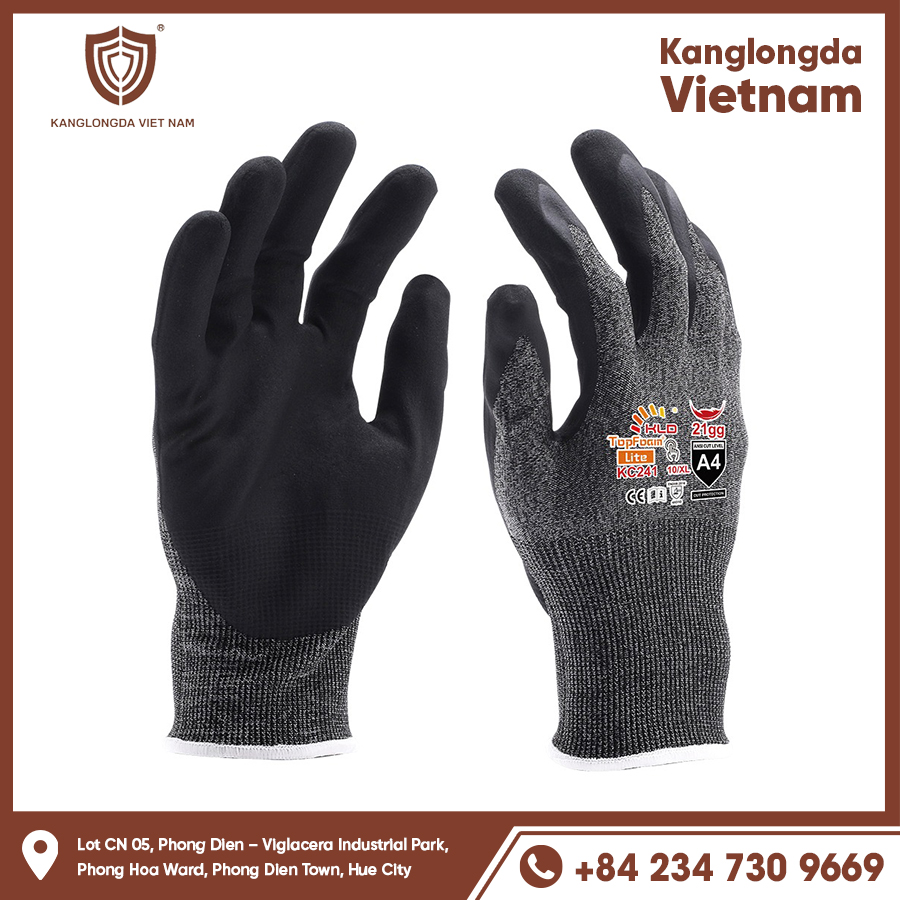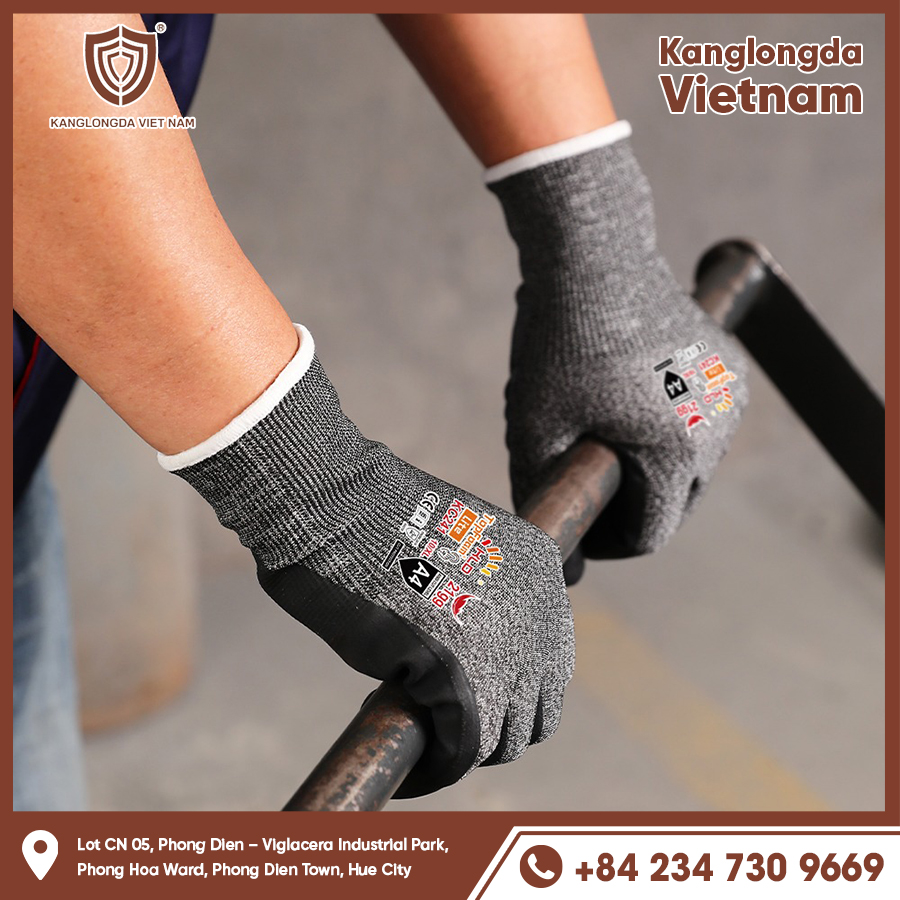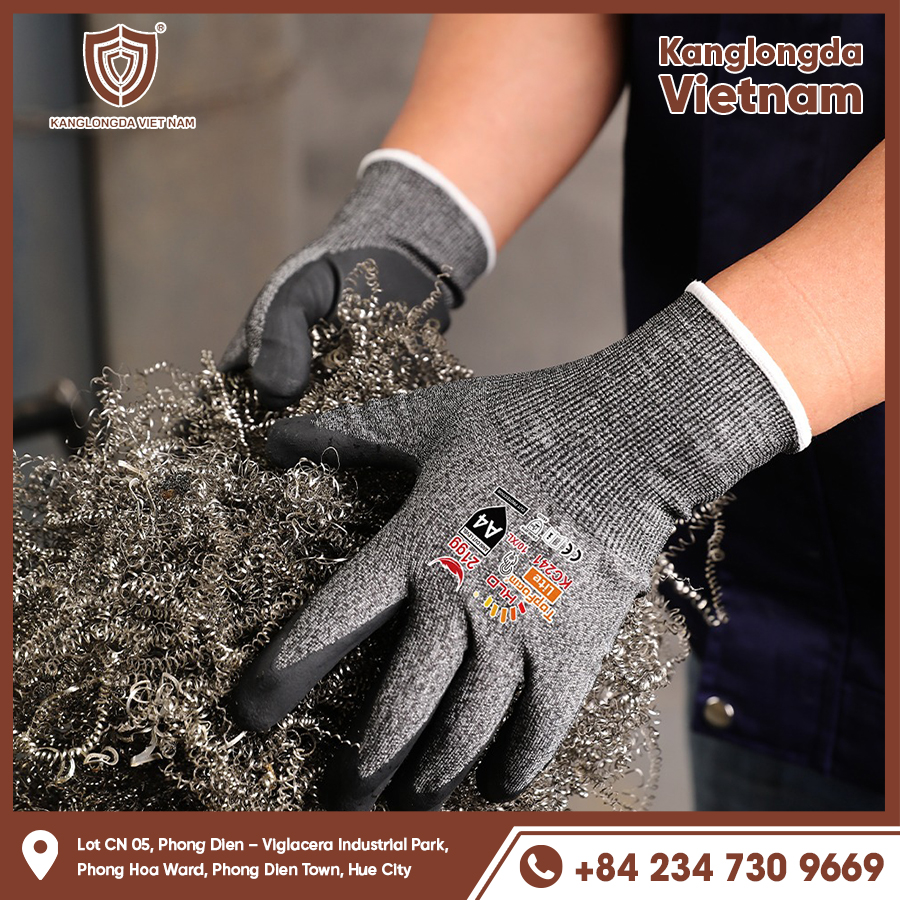Leather gloves are more than just an accessory; they are a blend of fashion, functionality, and craftsmanship. Renowned for their durability and timeless style, leather gloves have been a staple in wardrobes around the world for centuries. Whether you are dressing for cold weather, seeking protection for work, or adding a sophisticated finishing touch to your outfit, gloves are unmatched in versatility. This comprehensive guide will cover everything you need to know about gloves—from different types of leather and their uses to expert advice on selecting, styling, and caring for them.

Types of leather gloves: Material matters
Full-grain leather gloves
Full-grain gloves are crafted from the topmost layer of the hide, retaining the natural grain and surface imperfections. This type of leather is the most durable and develops a rich, beautiful patina over time that tells a story of use and age. The natural texture and strength make full-grain gloves ideal for those who want longevity and rugged style combined.
Top-grain leather gloves
Top-grain leather is slightly sanded and treated to remove natural blemishes. It is thinner and more pliable than full-grain leather, providing a sleek and refined look. These gloves are popular for fashion purposes because of their smooth finish and comfortable fit, though they are a bit less durable than full-grain varieties.
Suede and nubuck gloves
Suede and nubuck are types of leather finished to have a soft, velvety texture. Suede is made from the underside of the hide, while nubuck is buffed from the outer surface to produce a fine nap. Both types offer a luxurious feel and look but require more delicate care due to their susceptibility to stains and water damage. They are often used in fashion gloves and lighter, casual wear.
Exotic leather gloves
For those seeking exclusivity, gloves made from exotic leathers such as ostrich, alligator, or snakeskin provide a unique texture and appearance. These gloves often come at a premium price and are prized for their rarity and distinctive look.
Functional and fashion uses of leather gloves
Leather gloves for cold weather
Leather gloves designed for winter often feature insulation such as fleece, wool, or Thinsulate to trap heat. The leather shell naturally blocks wind and moisture, providing excellent protection from the elements. These gloves balance warmth and dexterity, allowing users to perform tasks without removing their gloves.
Fashion and formal wear
Leather gloves are synonymous with elegance and sophistication in formal settings. Whether paired with a tailored coat, evening gown, or business suit, they elevate any outfit. Classic colors like black, brown, and burgundy are popular choices, and subtle details such as decorative stitching, buttons, or quilted patterns add to their charm.
Work and safety applications
In industrial and manual labor environments, leather gloves provide essential hand protection. They shield against abrasions, cuts, sparks, and heat while offering a strong grip. Types vary from thick, reinforced gloves for heavy-duty tasks to thinner versions for precision work.
Driving gloves
A specialized category, driving gloves are designed to enhance grip on the steering wheel while providing comfort and style. Often lightweight and perforated, they offer breathability without sacrificing the tactile feel needed for precise control.

Advantages of choosing leather gloves
Long-lasting durability
Leather is known for its toughness. A quality pair of leather gloves can withstand wear and tear much better than synthetic alternatives. With proper care, they resist cracking, tearing, and stretching, offering years of reliable use.
Comfort and flexibility
Unlike many synthetic materials, leather molds to the shape of your hands over time, providing a personalized fit. This adaptability enhances comfort and preserves dexterity, making gloves ideal for both casual and intensive activities.
Natural weather resistance
Leather naturally repels wind and provides a moderate barrier against water and cold. When treated with waterproofing products, leather gloves become even more effective in wet or snowy conditions.
Breathability and moisture management
Leather allows your skin to breathe better than many synthetic materials, reducing sweat buildup and discomfort. This breathability makes gloves suitable for extended wear.
How to select the perfect leather gloves
Understanding your purpose
Clarify your primary use—fashion, warmth, work, or a combination. Gloves designed for fashion often prioritize aesthetics and fit, while work gloves emphasize durability and protection.
Measuring for fit
Correct sizing is crucial for comfort and function. Measure the circumference of your dominant hand around the knuckles (excluding the thumb) and the length from wrist to fingertip. Different brands may have size charts to guide you; when in doubt, try them on to ensure a snug but comfortable fit.
Choosing linings and features
Consider the type of lining based on your needs. Unlined gloves offer better dexterity and are suitable for milder climates. Wool or fleece linings add warmth for cold weather. Additional features such as touchscreen compatibility and adjustable cuffs can enhance convenience and fit.
Style considerations
From classic to modern, leather gloves come in various designs. Decide if you want simple, understated gloves or ones with decorative elements such as perforations, stitching patterns, or snaps. Also, think about the color—neutral shades are versatile, while bold colors make a statement.
Caring for leather gloves to extend their life
Routine cleaning
Regularly wipe gloves with a soft, damp cloth to remove dirt and debris. For deeper cleaning, use leather-specific cleaners and avoid harsh detergents or soaking the gloves. Always test products on a small, inconspicuous area first.
Conditioning to maintain softness
Leather dries out over time, especially with exposure to heat and sunlight. Use a good quality leather conditioner to replenish oils and keep the gloves soft and flexible. Conditioning also helps prevent cracks and extends the lifespan of the gloves.
Proper drying techniques
If gloves get wet, allow them to dry naturally at room temperature away from direct heat sources. Do not use radiators or hair dryers as these can cause the leather to become stiff and brittle.
Storage tips
Store gloves flat or gently shaped around a glove form to maintain their shape. Avoid folding or crushing. Keep them in a cool, dry place and consider using breathable fabric bags to protect against dust and humidity.
Additional insights on leather gloves
Environmental impact and sustainability
The leather industry is increasingly adopting sustainable practices such as vegetable tanning and reducing chemical use. Opting for gloves made from eco-friendly leather helps minimize environmental harm.
Innovations in leather technology
New developments include waterproof coatings, stretchable leather blends, and smart gloves with touchscreen capability. These innovations make gloves more functional while retaining their classic appeal.
Leather gloves in pop culture
Leather gloves have featured prominently in fashion history and pop culture—from Hollywood icons and musicians to runway shows. They often symbolize power, elegance, and mystery, keeping them forever relevant.

Leather gloves are a timeless investment that combines style, comfort, and practicality. By understanding the different types of leather, uses, fitting tips, and proper care methods, you can select the perfect pair tailored to your needs. Whether for winter warmth, formal occasions, work protection, or everyday style, gloves deliver unmatched performance and elegance. Care for them well, and they will remain a cherished accessory for years to come.






